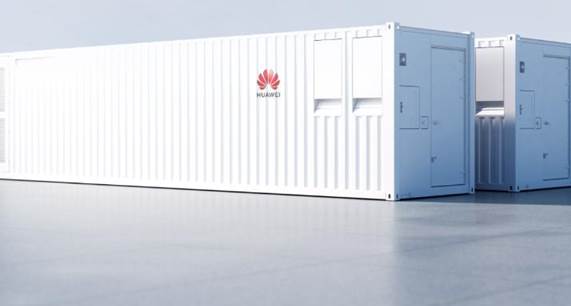Edge data centers are at the forefront of
the digital revolution, bridging the gap between centralized data centers and
end users. They play a crucial role in processing and storing data closer to
the source, thereby reducing latency and improving user experience. However,
this unique position exposes them to a set of distinct challenges. This blog
dives into the security, scalability, and energy efficiency issues that edge
data centers face and provides insights into possible solutions.

Security
Concerns in Edge Data Centers
Effective security measures are essential
for any data center, but edge data centers face unique security challenges due
to their often remote locations. They are susceptible to both physical and
digital threats.
Physical Security Risks
Edge data centers, being away from a
central location, often lack the robust physical security measures found in
larger facilities. Unauthorized physical access can result in theft of
sensitive equipment, data breaches, or even deliberate sabotage. Securing these
centers involves implementing comprehensive surveillance systems, installing
access control systems, and using sensors to detect unauthorized entry.
Employing a multi-layered security approach can deter potential intruders and
protect valuable assets.
Cybersecurity Threats
Cyber threats such as hacking, malware,
and data breaches significantly affect edge data centers. Smaller attack
surfaces and decentralized management make it easier for cybercriminals to
exploit vulnerabilities. Implementing stringent cybersecurity measures is
essential. Solutions include installing firewalls, encryption protocols, and
regular security audits. Advanced technologies like AI can bolster defenses by
identifying and mitigating threats in real-time, ensuring data and operations
remain secure.
Scalability
and Infrastructure Challenges
Scalability and infrastructure challenges
can hinder the growth and efficiency of edge data centers, requiring innovative
solutions to manage rapid expansion.
Managing Rapid Growth
Edge data centers must rapidly scale to
meet increasing data demands. This requires flexible and adaptable
infrastructure that can grow with needs without incurring significant downtime.
Modular data centers offer a viable solution, allowing for scalable deployments
that can be adjusted as requirements evolve. Integrating digital power
technologies also ensures efficient energy use, enabling data centers to expand
more sustainably.
Infrastructure Limitations
Infrastructure limitations can constrain
the performance and reliability of edge data centers. These challenges include
bandwidth constraints, limited onsite resources, and the need for consistent
power supply. Implementing smart power supply systems, like those designed by
Huawei Digital Power, can enhance energy efficiency and reliability.
Additionally, versatile cooling solutions and intelligent management systems
can optimize operations, ensuring robust performance despite infrastructure
constraints.
Energy
Efficiency and Sustainability
Energy efficiency and sustainability are
critical considerations as edge data centers strive to minimize their
environmental impact.

High Energy Consumption
Edge data centers consume significant
amounts of energy, contributing to high operational costs and environmental
impact. Managing this consumption requires effective cooling solutions and
optimized power usage. Smart cooling systems, like those developed by Huawei,
deliver significant energy savings by enhancing cooling efficiency and
simplifying operations. These systems are crucial in managing energy
consumption while maintaining optimal performance levels.
Implementing Green Technologies
Adopting green technologies is vital for
the sustainability of edge data centers. Renewable energy sources, such as
solar or wind, can supplement traditional power supplies, reducing carbon
footprints. Prefabricated modular data centers are also a green solution,
offering efficient, pre-integrated designs that simplify installation and
enhance operational efficiency. By integrating sustainable practices into
design and operation, edge data centers can significantly reduce their
environmental impact and promote a greener future.
Conclusion
Edge data center facilities face distinct challenges in security, scalability, and energy
efficiency. Addressing these issues requires innovative solutions and diligent
management. Ensuring robust physical and cybersecurity measures, allowing for
scalable growth, and adopting sustainable practices are critical steps in
overcoming these challenges. By leveraging advanced technologies and smart
management systems, edge data center facilities can continue to power the
digital era forward, efficiently and securely.
